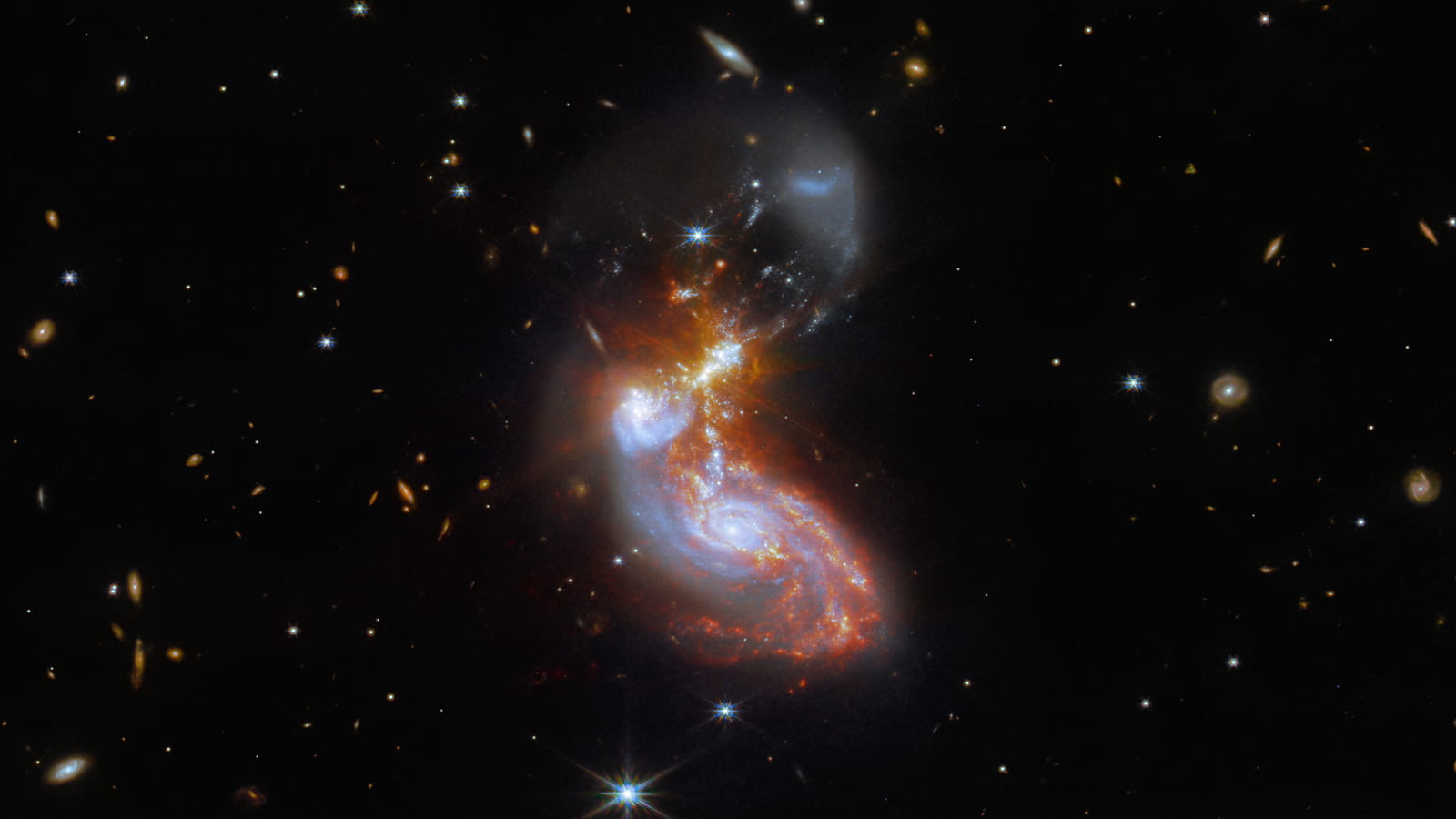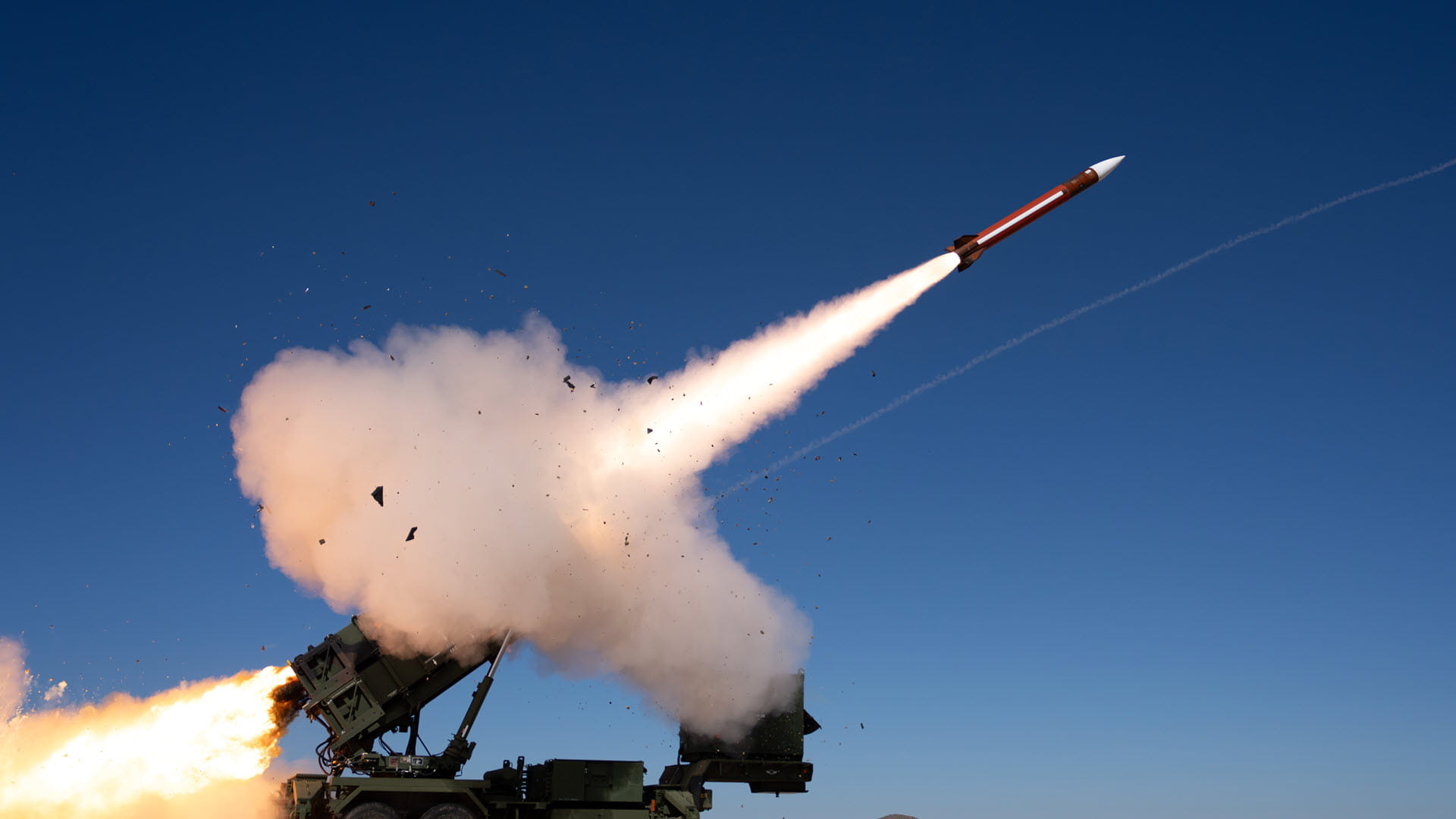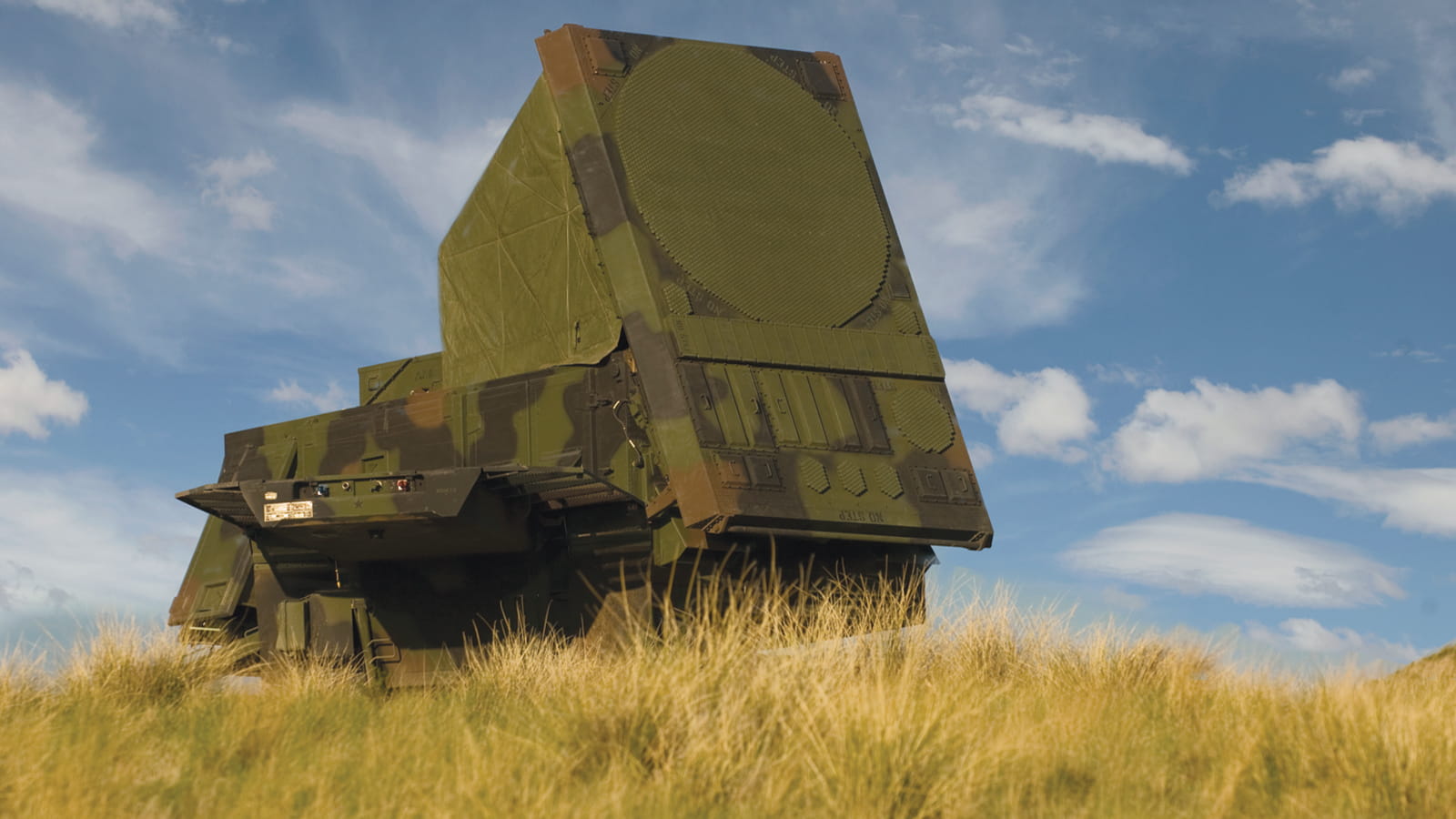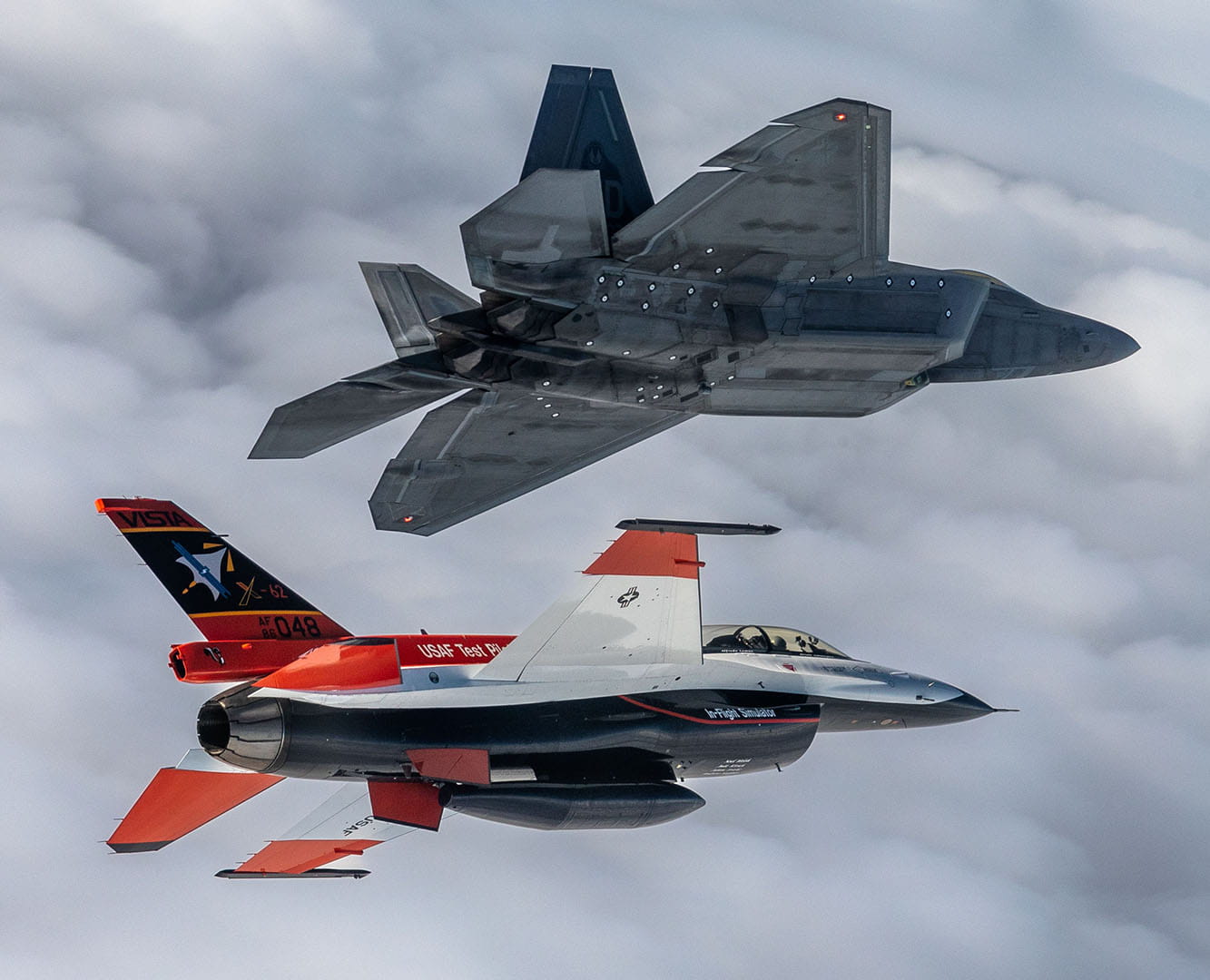Flying an interstellar telescope
Raytheon Intelligence & Space controls will help the James Webb Space Telescope unveil universe
Nearly 20 years ago, Rick Peralta helped create the “eyeballs” of NASA’s James Webb Space Telescope.
Today, he is among the millions of space enthusiasts enjoying the exquisite photography from that instrument that NASA is publishing to give academics as well as armchair astronomers a look back billions of years into the history of the universe.
“It’s a little bit of wonder, a little bit of amazement and in some ways, a deep sense of humility having a small role in it,” said Peralta, a Raytheon Intelligence & Space engineering fellow and electrical & optical engineer who worked on delivering Webb’s focal plane arrays.
The focal plane arrays are on the Mid-Infrared Instrument, or MIRI, one of Webb’s four instruments that are responsible for capturing these images, which study planets, stars and galaxies in infrared light.
The legacy Raytheon Company, specifically Raytheon Vision Systems in Goleta, California, developed and made MIRI’s focal-plane arrays, a critical component in the instrument, for NASA’s Jet Propulsion Laboratory, which managed the instrument before launch.
“One could call it the ‘eyeball’ of the sensor,” said Rick Peralta. “More technically speaking, it’s what turns light into electrical signals.”
Webb, which was launched in December 2021, is providing new insight into some of the biggest secrets of the universe. Operating by ground controls also from Raytheon Intelligence & Space, the telescope will peer at the first stars and galaxies in the universe, capturing infrared light that has been traveling for billions of years. And it is already providing new views of our celestial neighbors.
“Webb can see back 13.5 billion years in time, not long after the creation of the universe,” Peralta said. “I’m looking forward to it discovering something unexpected that alters the way that we think about things.”
Webb is a large, international project led by NASA, with the European Space Agency or ESA, Canadian Space Agency or CSA and many partners and companies providing different components. RI&S also installed Webb’s ground control system at Space Telescope Science Institute or STScI, in Baltimore. The ground control system is primarily responsible for maintaining the health and safety of the observatory and supports command and control of the observatory as well.
Ground controls for satellites or spacecraft are usually built after development is well under way, but legacy Raytheon started early in the process. That allowed integration of components of the observatory to start talking to the ground system software, to reduce integration time and minimize flight risk for the 2021 flight. Similarly, the focal plane arrays were delivered to NASA’s Jet Propulsion Lab in 2006 so they could be integrated into MIRI.
“It didn’t make sense to use two different systems during integration and testing,” said Rusty Whitman, systems engineering manager at the Space Telescope Science Institute. “Raytheon has a long history on the project. We are making good use of everything done in integration and testing and developing lots of procedures.”

Engineers worked meticulously to implant the James Webb Space Telescope’s Mid-Infrared Instrument into the ISIM, or Integrated Science Instrument Module, in the cleanroom at NASA’s Goddard Space Flight Center in Greenbelt, Maryland, April 29, 2013. As the successor to NASA’s Hubble Space Telescope, the Webb telescope is the most powerful space telescope ever built. It is observing the most distant objects in the universe, providing images of the first galaxies formed and seeing unexplored planets around distant stars. (NASA photo)
The same RI&S-developed software that is now flying the telescope was used to “fly” the rigorous testing being performed ahead of the launch. The James Webb Space Telescope launched on Dec. 25, 2021, on an Ariane 5 rocket from Europe’s Spaceport in French Guiana, South America.
“No one has ever done anything like Webb,” said Whitman. “It is a very large spacecraft, and it’s a very large job to operate it.”
The telescope’s MIRI instrument collects mid-infrared data, which is then sent to Earth for processing.
“These are images that, in some cases, you couldn't really just dream of,” Peralta said. “It’s really when science meets art... just a different perspective of looking at our universe.”
In addition to maintaining the health and safety of the observatory, Raytheon Intelligence & Space software also receives the observational data and transfers information to the system that is accessible to astronomers and other scientists. RI&S systems receive the data from Webb and transfer it to the Data Management System operated by STScI. The RI&S-built software establishes contacts twice per day with the Deep Space Network managed by JPL for NASA. Each contact processes about 28 GB of downlinked data.
Commissioning of the observatory completed in June 2022 with the first observation data arriving shortly after. On July 12, 2022, NASA released the first high-resolution color images from its James Webb Space Telescope.
“The data is expected to yield extraordinary results,” said Walt Burns, RI&S program manager for the flight operations system, that will “revolutionize our understanding of the universe.”
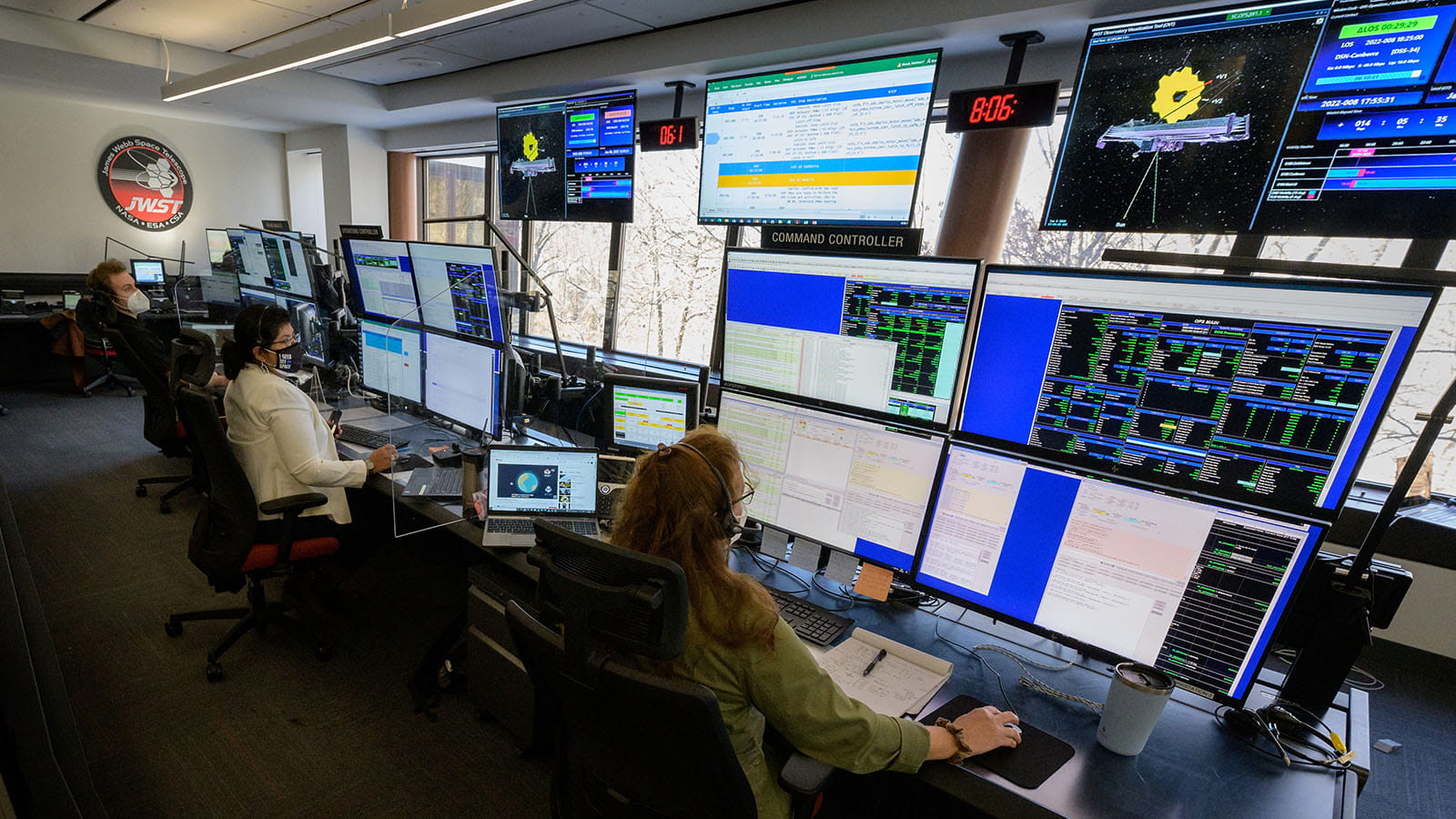
NASA James Webb Space Telescope Mission team members monitor the progress of Webb’s second primary mirror wing latching, Jan. 8, 2022, in Baltimore. RI&S installed the Webb's ground control system at Space Telescope Science Institute or STScI, in Baltimore. The ground control system is primarily responsible for maintaining the health and safety of the observatory and supports command and control of the observatory as well. (Photo by NASA/Bill Ingalls)

